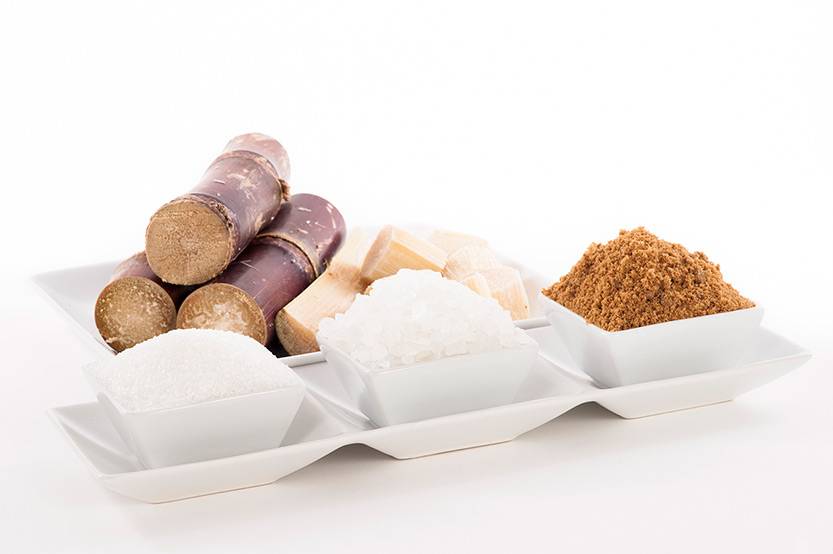Best Cane Sugar Processing Chemicals: Trusted by Market Specialists
Best Cane Sugar Processing Chemicals: Trusted by Market Specialists
Blog Article
Maximizar Rendimientos Y Minimizar Costos: Estrategias Avanzadas Para La Optimización Química Del Procesamiento De Azúcar De Caña
In the realm of walking cane sugar processing, the quest of optimizing yields while simultaneously minimizing costs stands as a formidable challenge that calls for a tactical blend of advanced chemical optimization methods. The ins and outs of this undertaking explore the core of efficiency, where every component of the procedure plays a vital function in accomplishing optimal outcomes. By discovering the intricacies of chemical analysis, enzyme application, pH control, purification, and distillation approaches, a landscape rich with possibilities for improvement and development arises. In the middle of this intricate internet of techniques lies the guarantee of opening untapped capacity and changing the extremely essence of sugar manufacturing. Cane Sugar Processing Chemicals.
Chemical Analysis for Effectiveness
Chemical evaluation plays a pivotal role in boosting the effectiveness of sugar walking stick handling by offering crucial insights right into the composition and buildings of the raw products. By carrying out in-depth chemical evaluations on sugar walking stick examples, processors can establish the specific concentrations of sucrose, sugar, fructose, and various other elements present in the raw material. This information is essential for optimizing the various stages of the sugar walking stick handling chain, from milling to crystallization.
Furthermore, chemical analysis makes it possible for cpus to identify impurities such as organic acids, proteins, and minerals that can impact the high quality and yield of the final sugar item. By measuring these contaminations, processors can implement targeted methods to remove or reduce their results, inevitably improving the general efficiency of the handling plant.
Additionally, chemical analysis helps with the tracking of process criteria such as pH, temperature, and viscosity, allowing processors to make real-time adjustments to guarantee ideal conditions for sugar extraction and condensation. Overall, a complete understanding of the chemical composition of sugar walking cane is necessary for maximizing returns, decreasing prices, and keeping high item top quality in the sugar production sector.

Enzyme Utilization for Boosted Returns
With a strategic method to enzyme application, sugar walking cane cpus can substantially improve their yields while maintaining operational effectiveness in the production procedure. Enzymes play a vital role in sugar cane processing by breaking down complex carbohydrates into simpler sugars, therefore enhancing the overall sugar removal efficiency. By integrating details enzymes customized to target the different elements of sugar cane, such as cellulose and hemicellulose, processors can boost the launch of sugars during removal.
Enzyme utilization offers the advantage of making best use of sugar yields from the raw product while minimizing the energy and resources required for handling. Through careful choice and application of enzymes, sugar walking cane processors can optimize their operations to attain higher returns and success.
Ph Control for Ideal Processing
Enzyme use for raised returns in sugar cane handling lays the foundation for dealing with the vital element of pH control for ideal processing performance. Keeping the suitable pH degree throughout various stages of sugar walking cane handling is essential for maximizing returns and minimizing costs. pH control is particularly vital throughout the extraction and information processes. In the removal phase, preserving the appropriate pH aids in achieving efficient sucrose extraction from the walking stick. Controlling the pH throughout clarification aids in the precipitation of impurities and non-sucrose parts, bring about a purer end product. PH affects the task of enzymes involved in the malfunction of macromolecules, affecting the total effectiveness of the procedure. By very carefully checking and adjusting the pH levels at different processing actions, sugar walking cane processors can enhance sugar healing prices, lower chemical use, and maximize the overall production procedure. Effective pH control not just improves the top quality of the end product however additionally adds to lasting and affordable sugar walking stick processing operations.
Advanced Purification Strategies
Executing innovative filtering strategies in sugar cane processing boosts the effectiveness and pureness of the end product through refined separation methods. By including cutting-edge filtering innovations, such as membrane layer filtering and activated carbon Get the facts filtering, sugar walking cane handling plants can accomplish higher degrees of sugar recovery and boosted quality assurance.

Triggered carbon filtering is an additional advanced strategy that helps in the elimination of colorants, off-flavors, and recurring impurities from sugar walking stick items. By using activated carbon's adsorption homes, this purification approach boosts the clarity and preference of the sugar, meeting the high criteria demanded by customers and sector policies.
Energy-Efficient Purification Methods
Energy-efficient distillation approaches are crucial for maximizing the sugar cane handling sector's power intake while maintaining high-grade item requirements. Typical distillation procedures can be energy-intensive, resulting in greater manufacturing expenses and ecological impacts (Cane Sugar Processing Chemicals). Applying energy-efficient distillation methods, such as vacuum cleaner purification or molecular purification, can considerably reduce energy requirements while boosting general procedure efficiency
Vacuum cleaner distillation involves decreasing the stress within the distillation system, which reduces the boiling point of the fluid combination being processed. This decrease in boiling factor lowers the power needed for vaporization, leading to power savings contrasted to traditional distillation methods.
On the other hand, molecular purification uses brief path purification techniques under high vacuum conditions to separate compounds based on their molecular weight. This technique is specifically effective for heat-sensitive materials, as it runs at reduced temperatures, lowering energy consumption and preserving item quality.
Final Thought

Report this page